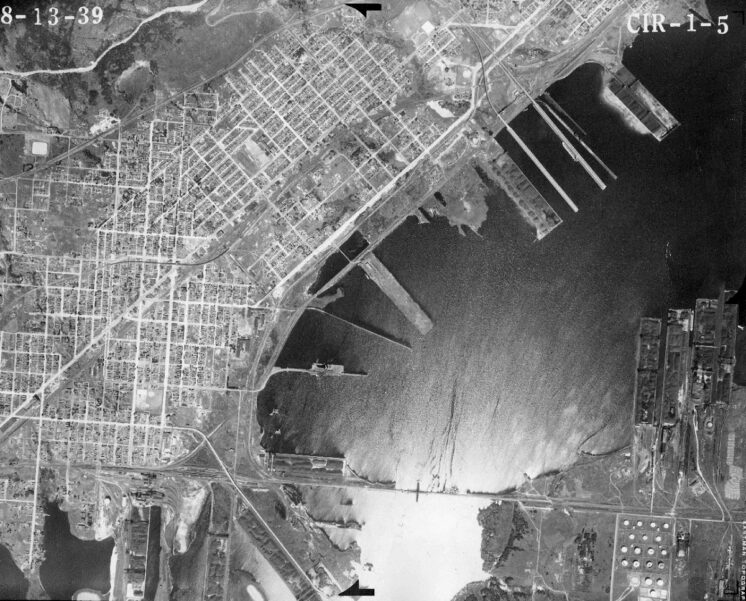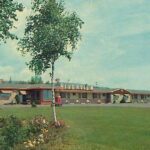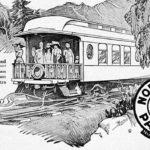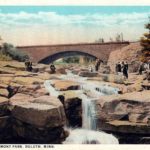West Duluth before the Interstate
MnDOT’s John Bray wrote in The Will and the Way: “Approximately 700 homes were razed or moved in West Duluth” to make way for Interstate 35.
The Superior Hiking Trail goes through this area — east from the zoo to 63rd/Green Street and then up the hill across Cody Street.
There is but one house left on that part of Green Street, 6415, but an entire neighborhood existed there. The SHT, in fact, goes through where a house sat at 6416 Green St. — and there are still irises and lilacs growing today. Were you a part of this neighborhood? Can you message me, please?
Recommended Links:
Leave a Comment
Only registered members can post a comment , Login / Register Here















5 Comments
Paul Lundgren
about 1 year agoPaul Lundgren
about 1 year agoaluminumpork
about 1 year agoMatthew James
about 1 year agoJudy Gibbs
about 1 year ago